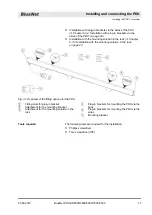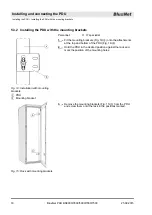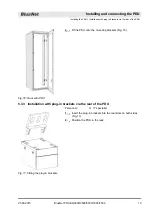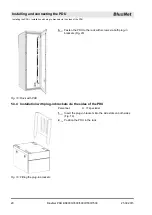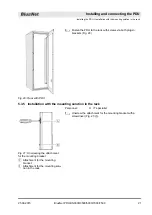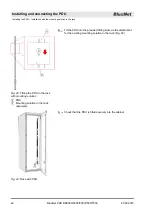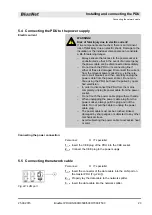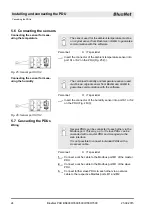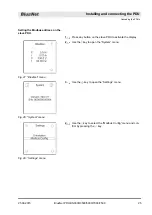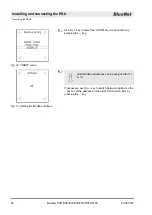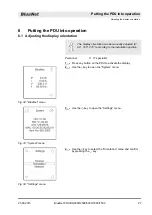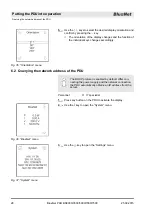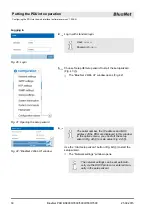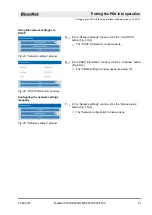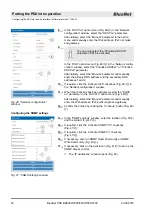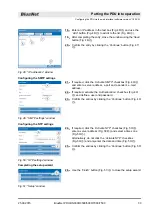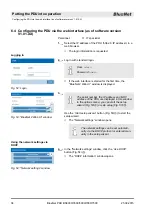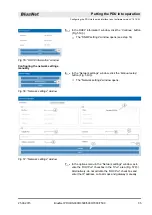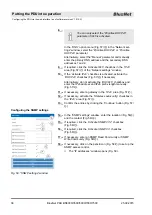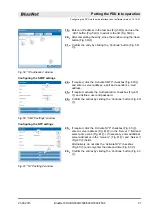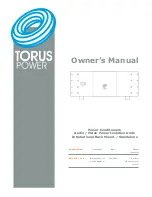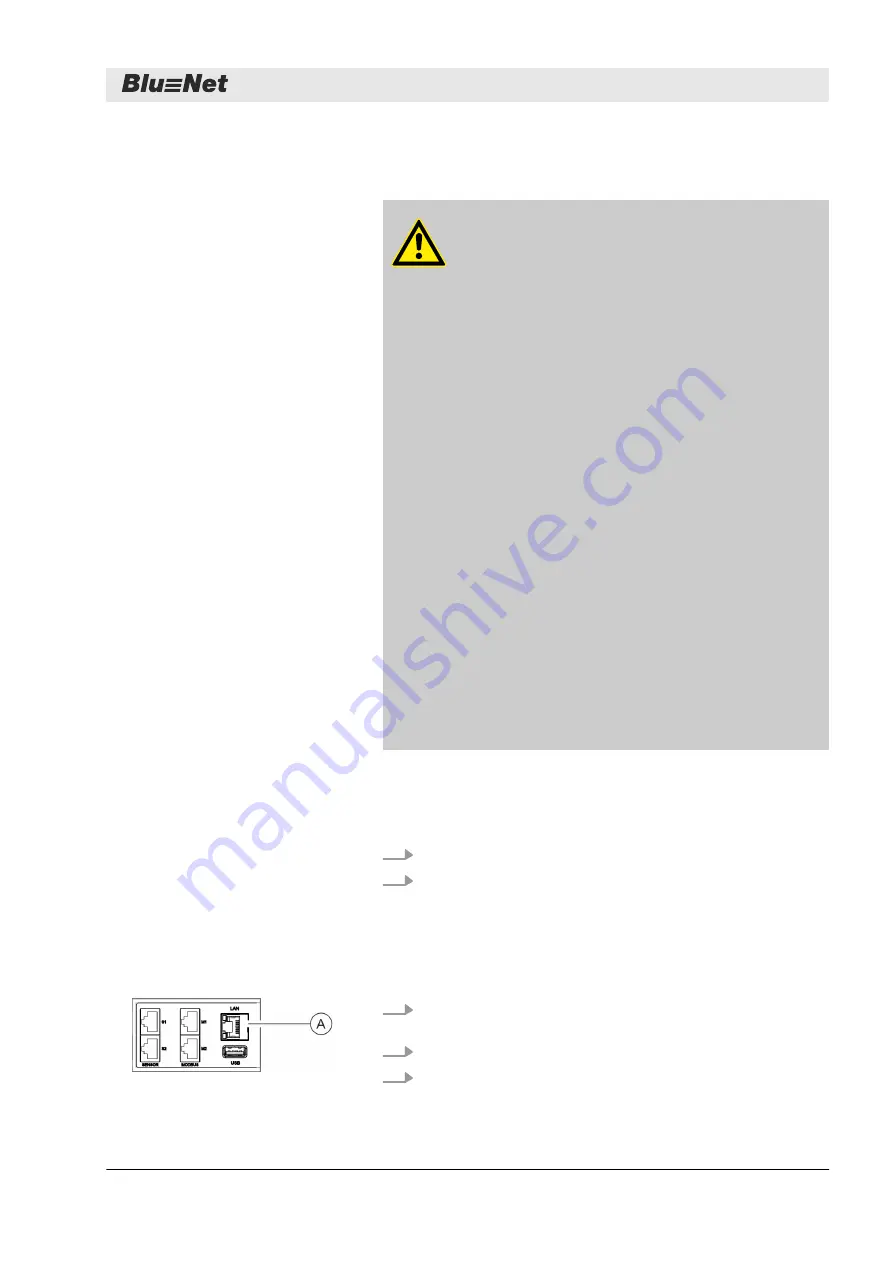
5.4 Connecting the PDU to the power supply
WARNING!
Risk of fatal injury due to electric current!
If live components are touched, there is an imminent
risk of fatal injury due an electric shock. Damage to the
insulation or the individual components can constitute
a life-threatening danger.
–
Always ensure that access to the power socket is
unobstructed so that in the event of an emergency
the power cable can be disconnected immediately.
–
Do not touch the PDU or its connecting line if
either of these is damaged. Disconnect the current
from the relevant power socket (e.g. via the rele-
vant circuit breaker) and then carefully unplug the
power cable from the power socket. Do not con-
tinue using the PDU, but have it repaired by quali-
fied electrician.
–
In order to disconnect the PDU from the mains
completely, unplug its power cable from the power
socket.
–
Do not touch the power cable plug with wet hands.
–
When unplugging the power cable plug from the
power socket, always pull the plug and not the
cable. Do not pull the cable to unplug the power
cable plug.
–
The power cable must not be crushed, kinked,
damaged by sharp edges or subjected to any other
mechanical stress.
–
Avoid subjecting the power cable to excessive heat
or cold.
Personnel:
n
IT specialist
1.
Insert the CEE plug of the PDU into the CEE socket.
2.
Connect the CEE plug to the power supply.
5.5 Connecting the network cable
Personnel:
n
IT specialist
1.
Insert the connector of the data cable into the LAN port on
Ⓐ
).
2.
Properly lay the data cable to the network splitter.
3.
Insert the data cable into the network splitter.
Electric current
Connecting the power connection
Fig. 24: LAN port
Installing and connecting the PDU
Connecting the network cable
25.09.2015
BlueNet PDU BN3000/3500/5000/7000/7500
23









